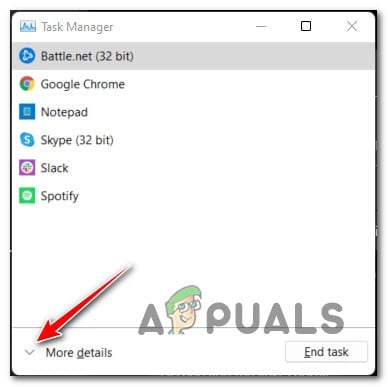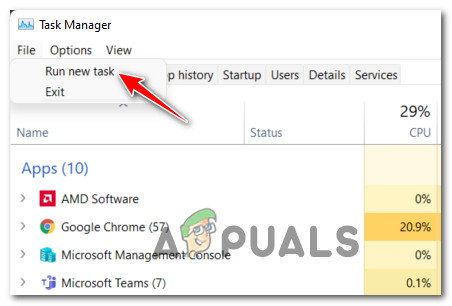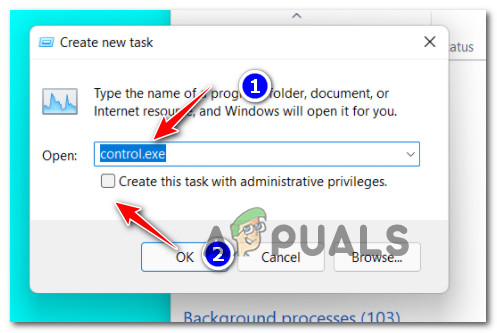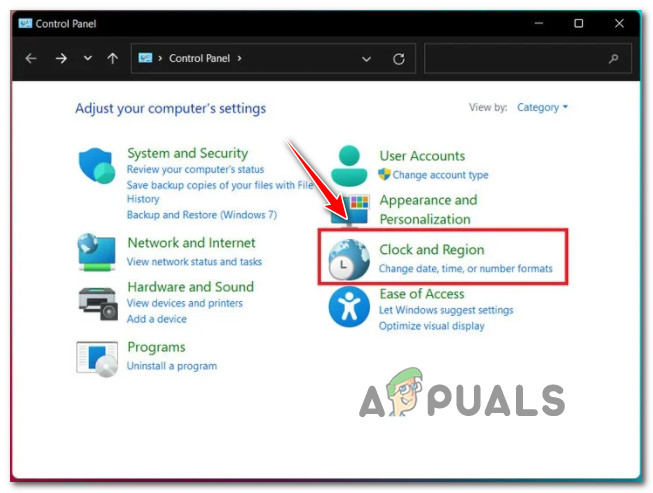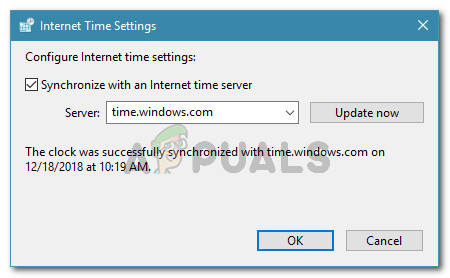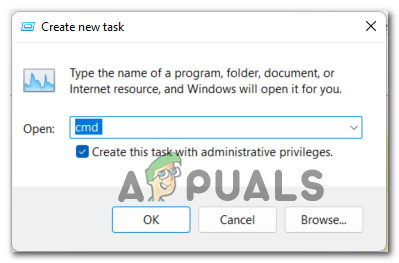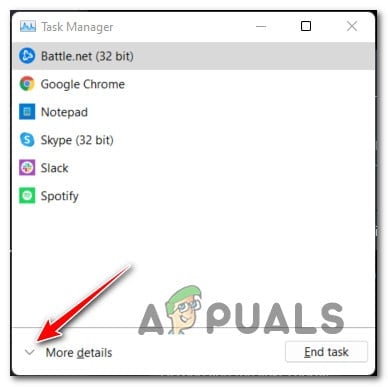After investigating this issue, we realized that there are several different underlying causes why this type of issue would occur. Here’s a shortlist of potential reasons you might expect to deal with this issue: Now that we have gone over every potential reason why this issue appears, let’s go over all the confirmed fixes that other users experiencing this issue with the taskbar icons have successfully deployed to resolve the taskbar problem on Windows 10 and 11.
1. Uninstall the latest Windows update
Uninstalling the faulty update that caused this odd malfunction in the first place should be your first line of defense. Uninstalling the update means that your Windows installation won’t run on the latest available build, but doing so will also undo any modifications that led to the taskbar’s non-responsiveness. To remove the most recent update and resolve the Windows taskbar issue, follow the steps below: Note: Both Windows 10 and Windows 11 should be compatible with the procedures below. Continue to the next possible solution below if the same issue is still present and your Windows 11 taskbar is still not functioning.
2. Refresh the icon cache
If the approach above does not work for you, you should investigate a potential corruption that may harm the icon cache. Note: If you notice that several File Explorer icons and taskbar icons also fail to appear, an issue with the icon cache is much more likely. If the icon cache is to blame, you should be able to resolve the issue by either recreating the whole icon cache using a customized .BAT file or refreshing the icon cache using Windows Terminal. Although we’ve written separate guidelines for each strategy, it’s best to start by deploying an icon cache refresh (as it’s the simpler approach) and go on to rebuilding the complete icon cache should the first approach fail.
2.1. Refresh the icon cache via WT
Only the icon cluster will be forced back on after refreshing the icon cache. If the problem is rooted in a tiny display glitch, this should solve it, but if the icon cache is corrupted in any way, it won’t work. Here’s how to use Windows Terminal to clear the icon cache: Follow the subsection below if your Windows 11 installation still doesn’t lets you interact with the taskbar icons.
2.2. Rebuild the icon cache via .BAT file
To efficiently rebuild the cache linked with each Windows icon, you must create a custom BAT file that will automatically perform a sequence of actions. Although we’ll provide you with the code lines, you’ll be responsible for making the BAT file. What you must do is as follows: Continue on to the next potential solution below if the issue is still not resolved.
3. Modify the default Taskbar behavior
Most user reports complaining about this problem are operating on the most recent Windows 11 release. The majority do not need to update to the newest OS version. There is a straightforward fix for this problem, according to several community users who have been having it, which includes going to Taskbar Settings and changing the default Taskbar Behavior to essentially re-load every taskbar icon that is now present in your Windows 11 edition. Here’s what you need to do: Moving on to the next suggested solution below should the issue still not be resolved.
4. De-Sync the Date & Time
If you de-sync the time and date on the Windows 11 or Windows 10 computer having a taskbar problem, you may force the taskbar items to reset and return to normal functionality. Many impacted users have reported that doing this would restore your taskbar’s normal functioning. Note: Altering the system’s date and time may impact other system parts. If you choose to do this, use a Task Manager task to deactivate the system clock synchronizing to the internet as shown below: Scroll down to the final potential solution below if your Windows taskbar is still not functioning.
5. Create a new user account
Most taskbar-related problems may usually be fixed by establishing a new user account. Well, this most recent Windows taskbar issue is very similar to previous cases in the past. The next thing you should try to do is to establish a new user account by using an elevated CMD window if none of the other ways mentioned above have worked for you. Note: If you choose this option, you will lose any unique user preferences and settings of your existing user account. If you’re willing to take this step and accept the implications, then proceed as directed below: Go to the next step below if you still can’t click on the taskbar icons. Note: Enter the real name of the user account you just established in the username placeholder. 6. To switch users, click the Switch users button and choose the newly established account after pressing Ctrl + Alt + Delete to bring up the fast action panel. 7. Play about with your taskbar to see if it begins to work.
6. Remove the IrisService Reg. key (Beta and Dev channels only)
It turns out that Microsoft was rather quick to identify this problem; they began compiling evidence for it as soon as the upgrade was issued to the Dev and Beta Channels. Microsoft must test it with various setups and integrate it in a cumulative update before an official hotfix is available. Fortunately, you don’t necessarily have to wait if this problem impacts you. Microsoft has addressed this problem without waiting for the official update. Use Task Manager to create a CMD task to remove the registry keys that likely break the Windows 11 Taskbar on your Windows 11 installation. To restore your Windows 11 taskbar’s responsiveness, adhere to the steps below:
Some Taskbar Icons Are Missing from Windows 11’s Taskbar? Here’s How to Fix ItFix: Windows 10 Taskbar Icons MissingFix: Can’t Right Click on Windows 10’s Taskbar IconsFIX: System Icons Missing from Taskbar (Windows Vista / 7)
![]()
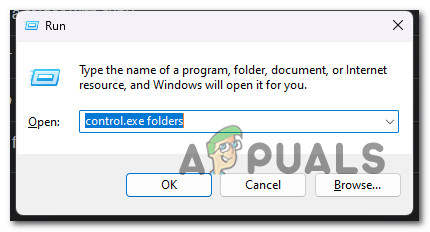
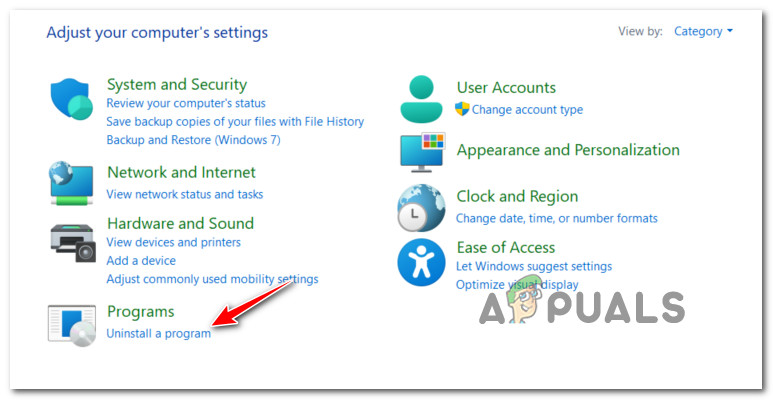
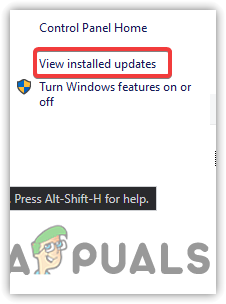
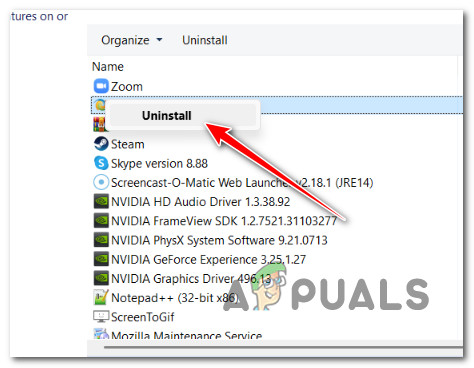
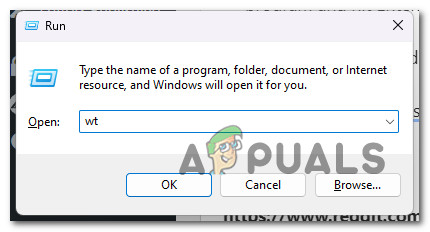

![]()
![]()
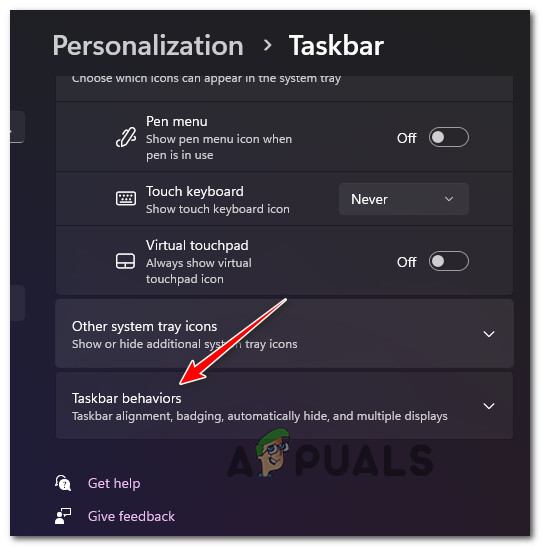
![]()
